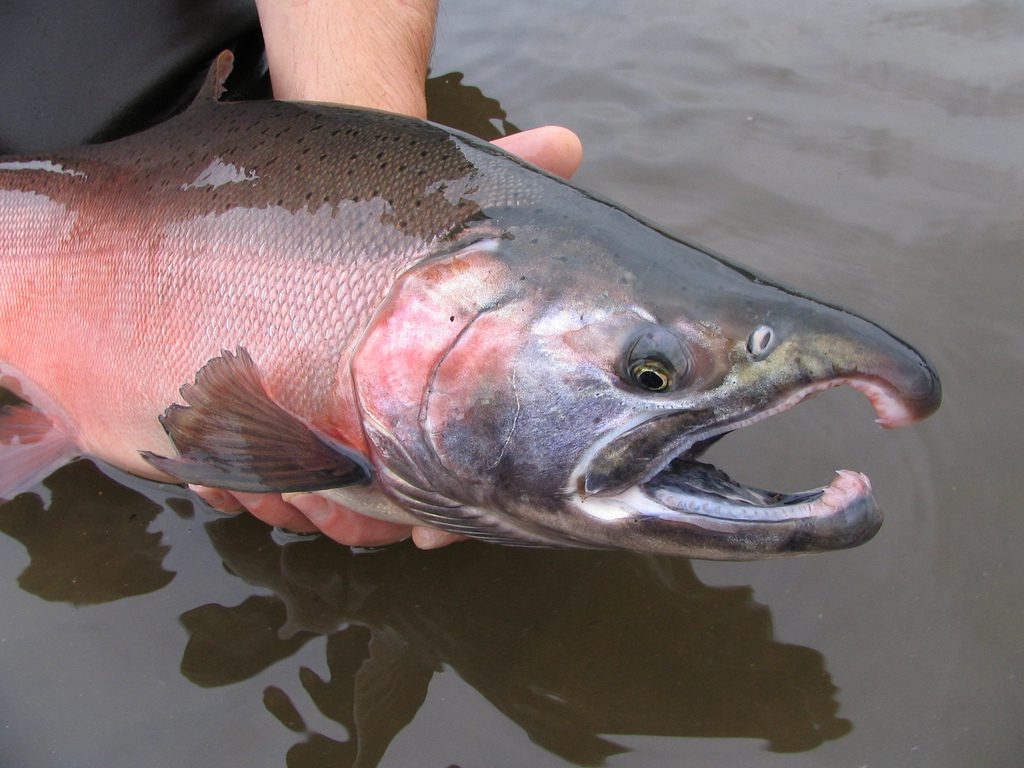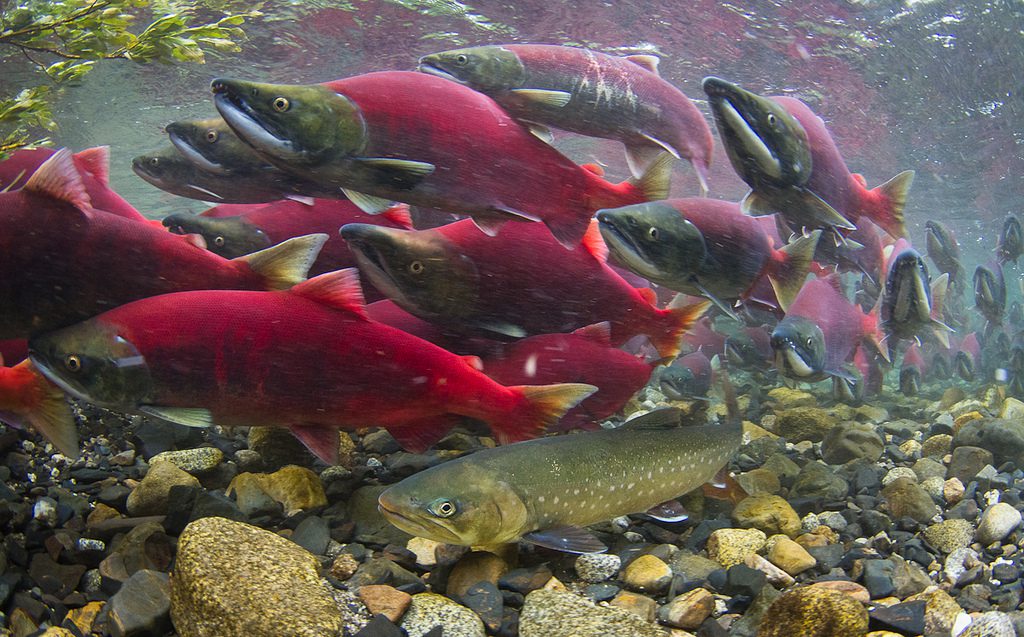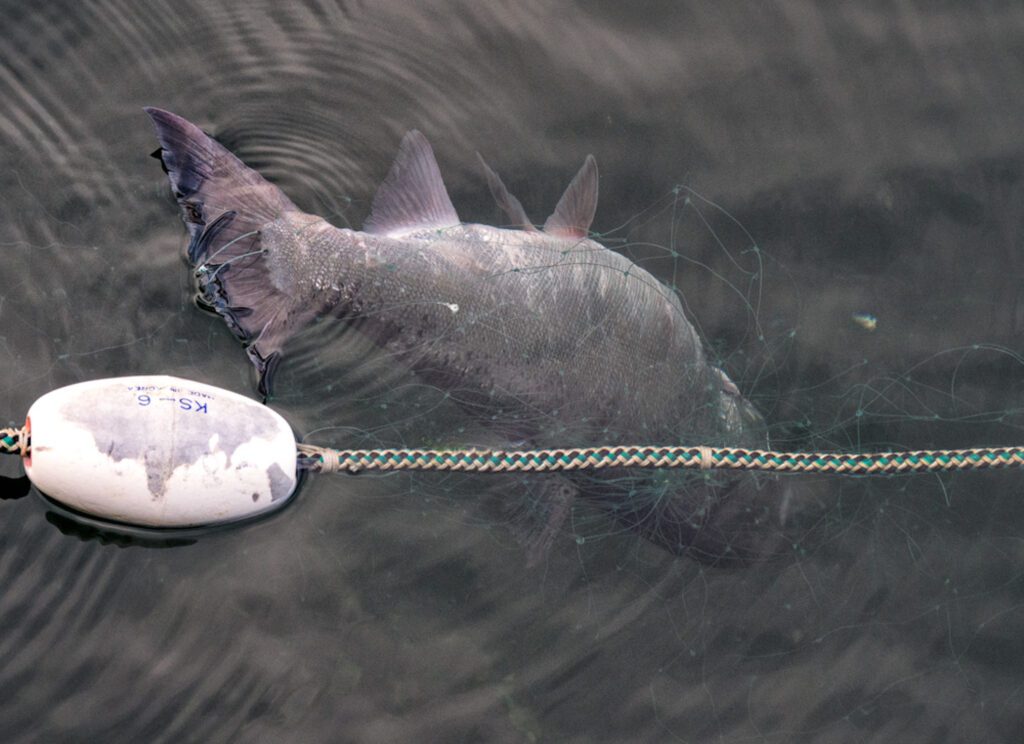Another poor run of Chinook salmon is expected to make its way up the Yukon River this summer. While that means similar restrictions to last year when it comes to catching kings, officials with the Alaska Department of Fish and Game predict a strong summer and fall chum run should provide plenty of fish to fill drying racks all along the river, as well as some strong commercial openings.
And, managers said, there might even be a chance for subsistence users to enjoy some kings.
Continuing a decades-long trend of low runs for the prized king salmon, Fish and Game managers expect a Chinook run between 118,000 and 140,000 fish, with escapement into Canada identical to last year’s numbers of 42,500 to 55,000.
Those escapement numbers, generated by the international Yukon River Panel as set forth in an international treaty between the United States and Canada, require managers along the American portion of the Yukon River to manage, limit, or restrict harvests to ensure a minimal number of fish survive the swim to their spawning grounds in Canada.
The weak Chinook run means another summer of nearly total closures for subsistence fishermen. After meeting with fishery managers, many subsistence users—like St. Mary’s mayor Bill Alstrom—sayid it’s a necessary sacrifice.
“We’ve got to protect this resource,” Alstrom insists. “If we don’t, we’re going to lose it. And our grandchildren, and great grandchildren, will wonder, ‘whatever happened to the fish?’ It’s up to us, the ones who are living now, that we can make these sacrifices so that we can at least see this hopefully rebound.”
But there still might be a chance for a small taste of Chinook.

“We’re going to stay conservative,” said Stephanie Schmidt, the Summer Season Fishery Manager along the Yukon for ADF&G. “But if it looks like in-season assessment is showing that escapement goals are highly likely to be met, there might be opportunities for us to use gear that minimizes Chinook salmon harvest, not completely eliminate it.”
A somewhat larger run size, compared to last year, could provide for some small incidental Chinook harvest, but Schmidt it’s far from a full opening, and would depend entirely on strong escapement.
“People should not expect a full-on subsistence harvest here,” Schmidt stressed. “We’re not putting Chinook salmon gear in the water, we are not specifically targeting Chinook salmon gear … it would all be incidental.”
The first salmon are expected to enter the river around June 12-15. Until then, subsistence fishing for non-salmon fish remains open. Once the Chinook runs begin to build, closures will follow as the fish make their way upriver. Then the summer chums will start to run, and an above-average run means a full subsistence harvest and roughly a million fish for commercial openings. At first, fishery managers will only allow gear like dip nets, manned fish wheels, and beach seines, in order to give fishermen a chance to release any Chinook they might accidentally catch. Gear restrictions will relax as the Chinook move upriver.
Schmidt said it’s a strategy that has worked well in the past.
“Last year, half the harvest of summer chum in the commercial fishery came from those selective gear types,” she noted. “We ended up having one of the largest summer chum commercial fisheries since 1989 in the lower river in part due to those selective gear types.
For fishermen like Alstrom in St. Mary’s, that means a good summer for commercial fishing and hopefully a chance for subsistence users to fill their racks.
“There’s going to be a big influx of summer chum heading up the river, and the fall chum look good, and so does cohos,” he said. “So we should have a good, good summer of fish on the Yukon and hopefully everybody will get their share for their subsistence needs.”
The fall chum run is expected to enter the lower Yukon in mid-July.







